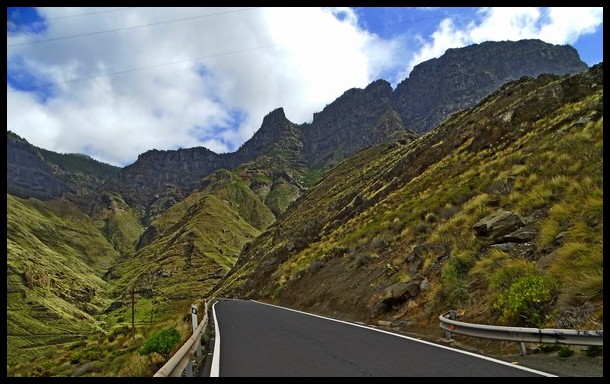 Canary Islands – All About Gran Canaria
Canary Islands – All About Gran Canaria
I just spent one month exploring three of the seven Canary Islands. More specifically, I spent one week at Gran Canaria, one week at Tenerife and about 10 days on Lanzarote Island.
I wrote about Lanzarote here and about the four minor islands that I – quite unfortunately – missed in this article. As for Gran Canaria…
Of all the Canary Islands, Gran Canaria and Tenerife are the most famous and rigorously visited. Both islands are extremely popular with British and Europeans for beach vacations, primarily in order to escape the cold – and rainy or snowy – weather in their home countries.
Flights from all over Europe and England are extremely cheap almost all year round, which makes the Canaries even more appealing. In fact, flights are often so cheap that a lot of people hop down to Tenerife or Gran Canaria just for weekend get-aways!
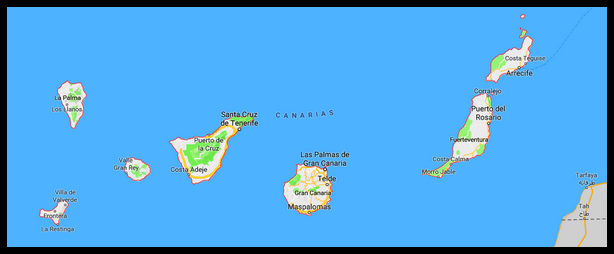 Not surprisingly, then, both islands have been grossly over-developed at their more attractive beach areas. Mass tourism is already deeply rooted, with once beautiful beaches and coastlines jam-packed with hotel towers, sprawling resorts, condos, time-shares and thousands of restaurants, bars, cafes, souvenir shops, groceries, liquor stores, strippers bars, casinos, tour companies and heaps of other businesses plying the tourist trade.
Not surprisingly, then, both islands have been grossly over-developed at their more attractive beach areas. Mass tourism is already deeply rooted, with once beautiful beaches and coastlines jam-packed with hotel towers, sprawling resorts, condos, time-shares and thousands of restaurants, bars, cafes, souvenir shops, groceries, liquor stores, strippers bars, casinos, tour companies and heaps of other businesses plying the tourist trade.
Sound awful to you? It sure does to me! And when I had to venture into those areas, due to my hotel assignments, they were just as awful as they sound.
Quite happily, there’s another side to both islands. Both Tenerife and Gran Canaria are actually very beautiful large islands with extremely high central volcanic mountains and diverse natural habitats.
Gran Canaria’s stunning nature
Gran Canaria’s central region consists of a massive volcanic crater. It’s so huge that several towns are perched high on the crater rim, with several other towns nestled down inside the crater at various points.
Steep, winding narrow roads lead up to the interior of the crater and further up onto the crater rim. The roads wind through forests, valleys, along ridge lines, through quaint little towns and offer many staggering views, jaw-dropping look-out points and harrowing bends.
Gran Canaria is primarily extremely dry, but the topography varies remarkably around the island. Besides the vast central crater region, there are other minor craters, softer mountains, barren volcanic zones, a massive sand dunes area, flat coastal plains and some spectacular soaring cliffs that plunge into the Atlantic Ocean.
Many well-maintained hiking trails are situated around the island in national parks, craters, forests and on clifftops. Many cyclists use the steep mountain roads for training and fitness.
So, outside of Gran Canaria’s grossly over-developed beach-side tourist magnets, the island is full of stunning & diverse natural places. The fact that nearly all visitors to Gran Canaria make a bee-line to the huge tourist zones, and stick there, means that all those fabulous natural areas are relatively empty and peaceful. Perhaps we should even give thanks to those awful tourist zones, which keep the hordes away from the best places on the island. lol
In addition to all the stunning nature on Gran Canaria, the capital city, Las Palmas, has a small but really gorgeous historic center filled with beautiful architecture and several superb museums.
There are also a few super charming historic towns around the island. In particular, Teror, ….and are great little towns to visit.
Finally, Gran Canaria also has something pretty unique in the world these days – cave houses. Believe it or not, some people still live in caves and cave homes on Gran Canaria!
So, despite Gran Canaria’s gross tourism, the island is still really worth visiting for nature lovers, like me, as well as historic architecture/culture/museum buffs.
The icky tourist zones are actually quite minimal and very self-contained, so it’s easy to avoid them altogether and explore the island’s many other wonderful places. They are all located on the southern coast of Gran Canaria from Maspalomas sand dunes & Playa del Ingles (British Beach) westward to Playa Puerto Rico and Puerto de Mogan. Just skip that area and you can immerse yourself in a lot of stunning scenery and unique island culture.
That’s exactly what I did. I visited Gran Canaria with a friend, so we rented a car, which made it really fun and easy to explore all the natural places in depth. In fact, it would be pretty difficult – or impossible – to visit many of the island’s best places without a car.
There is actually a pretty extensive bus system that runs between Las Palmas and many of the key places around the island, but they’re not cheap (renting a car is cheaper!) and you’ll definitely miss some of the best drives and destinations around the island using public transportation.
Many tour groups offer tours to all the main spots as well, but they are expensive too. So if you can rent a car, that’s really the best option.
Here are the places I recommend:
Culture / art / historic towns
La Vieja historic area in Las Palmas
Teror – a tiny historic mountain town full of charming architecture
San Bartolome de Tirajana – on the southeastern slope of the central crater
Nature
Bandama Crater – situated only 20 km south of Las Palmas
Central Crater area, most easily seen from Artenara and Tejeda towns on the rim
Soaring coastal cliffs in Tamadaba National Park – along the west coast
Rock peaks at/near Rogue Bentayga – inside the crater
Drives
Rt GC 200 – cliff-top drive along the coast in Tamadaba National Park
Rt GC 3 then GC 21 from Las Palmas up to the Crater Rim ar Artenara town
Rt GC 210 from the southern end of the cliff drive up to the crater rim at Artenara
Rt GC 210 from Artenara along the crater rim to Tejeda then Rt GC 60 & 607 down into several rock outcroppings inside the crater at Roque Bentayga
Summary
I had a fantastic time exploring Gran Canaria’s stunning & diverse natural places for one full week by rental car. You can too!
You might also like to read:
Introduction to Canary Islands
El Hierro – La Palma – La Gomera – Fuerteventura Islands
==========================================================

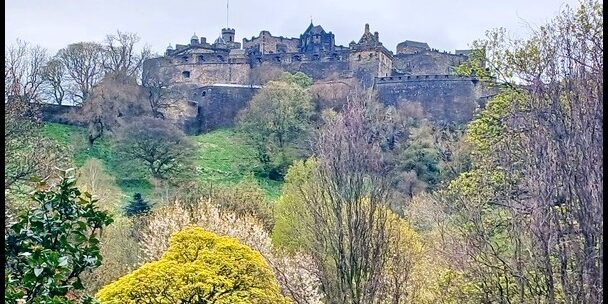
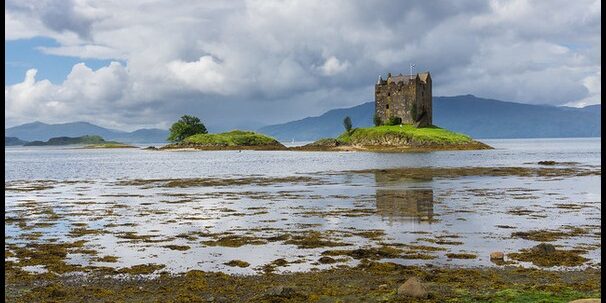



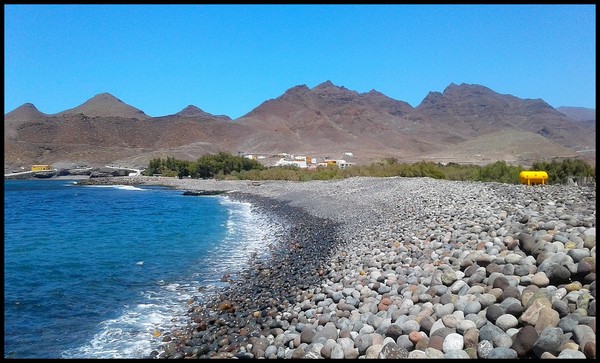


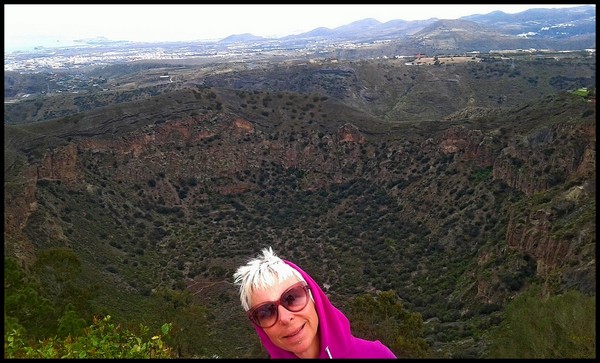
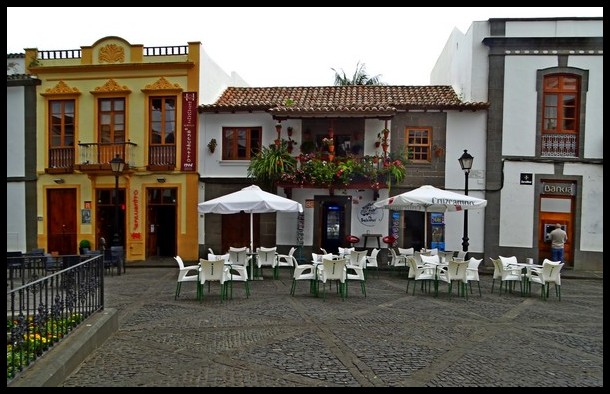


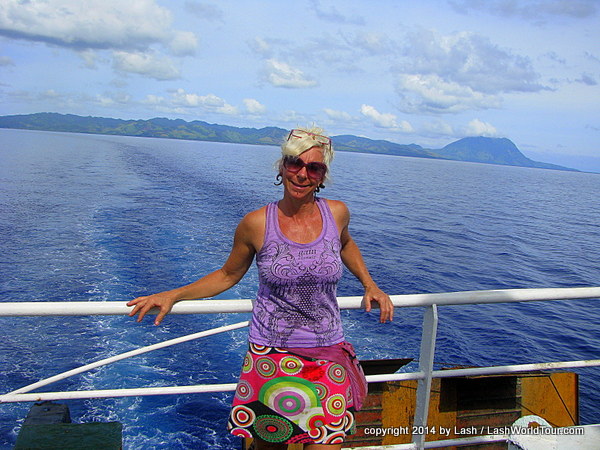
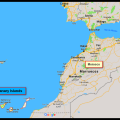
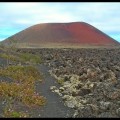

 Hi! I'm Lash, an American nomadic world traveler who's been traveling solo since 1998. I’m passionate about traveling the world nomadically and then sharing it all with you. I hope to inspire you to travel the world, to entertain you with tales from the road, and to help you reach your travel dreams. Welcome!
Hi! I'm Lash, an American nomadic world traveler who's been traveling solo since 1998. I’m passionate about traveling the world nomadically and then sharing it all with you. I hope to inspire you to travel the world, to entertain you with tales from the road, and to help you reach your travel dreams. Welcome! 



